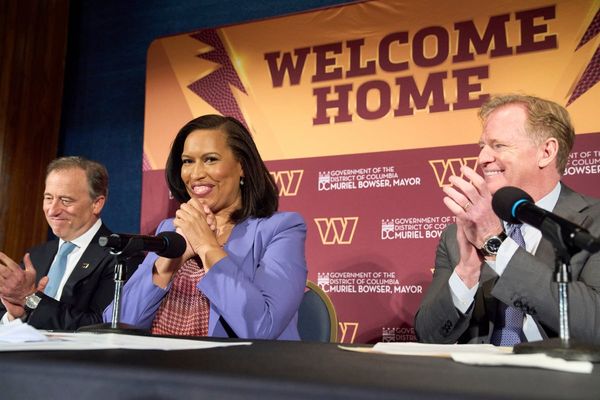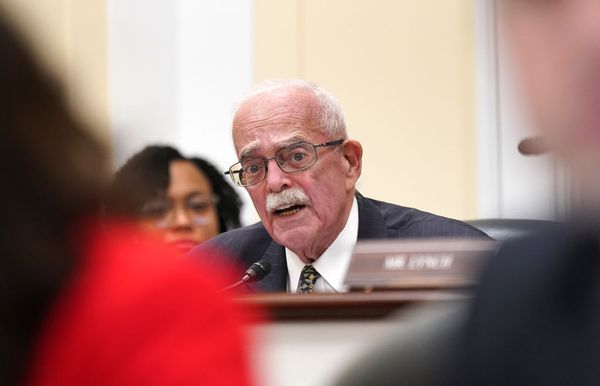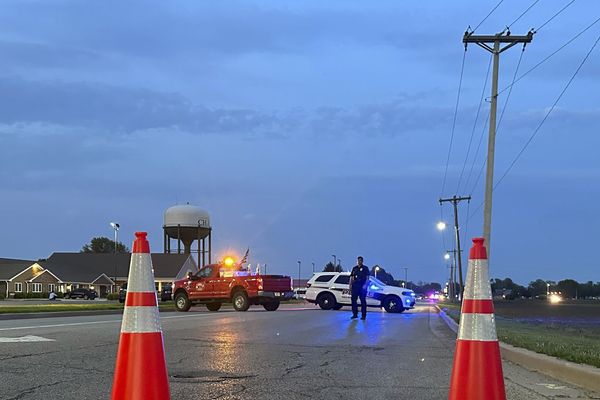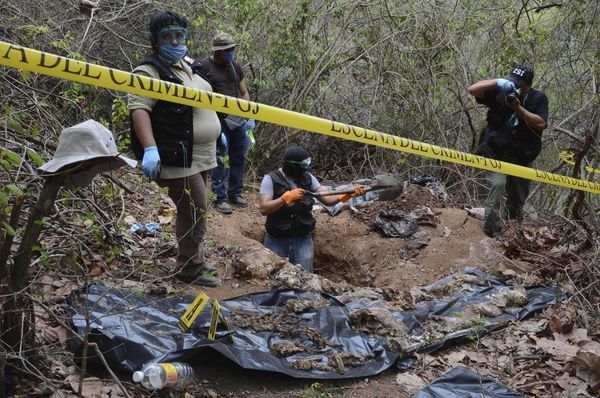
Tesla's decision to open up its vast charging network to other automakers has undoubtedly had significant knock-on effects on the entire automotive industry. Arguably the biggest talking point is that new EVs from Tesla's first two charging partners, Ford and GM, will feature Tesla's North American Charging Standard (NACS) connector going forward.
Hence the NACS connector will become the new gold standard for EV charging in North America, with the Combined Charging System (CCS) significantly diminishing in popularity. As a result, automakers who refuse to partner with Tesla and continue to use CCS will be at a significant disadvantage.
By partnering with Tesla Ford and GM now have access to an additional 12,000 chargers in the US and Canada. That said, owners of their vehicles will understandably have to pay slightly more than Tesla users to charge up on the network.
In terms of how much revenue Tesla will make from opening up its network, some analysts reckon a figure of around $3 billion by 2030 is plausible. Meanwhile, Morgan Stanley’s Adam Jonas recently tried to value the Tesla Supercharger network in its entirety.
Jonas calculated a number of hypothetical scenarios, with variables including EV penetration and net operating profit after tax. He concluded that, provided Tesla begins to produce and store its own solar energy to power its chargers, the network itself could be worth up to $100 billion.
Such a valuation would make Tesla's Supercharger network more valuable than several mainstream automakers such as Hyundai and BMW. It's important to note that this is just one analyst's approach, with plenty of others having slightly more pessimistic takes. That said, Adam Jonas is considered one of the best Tesla analysts and has a proven track record.







